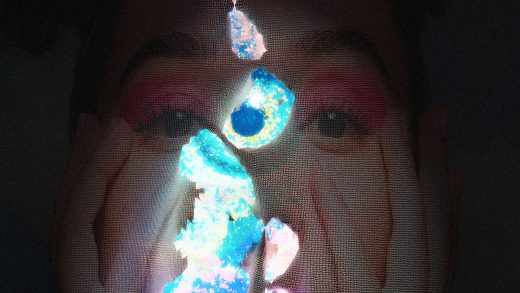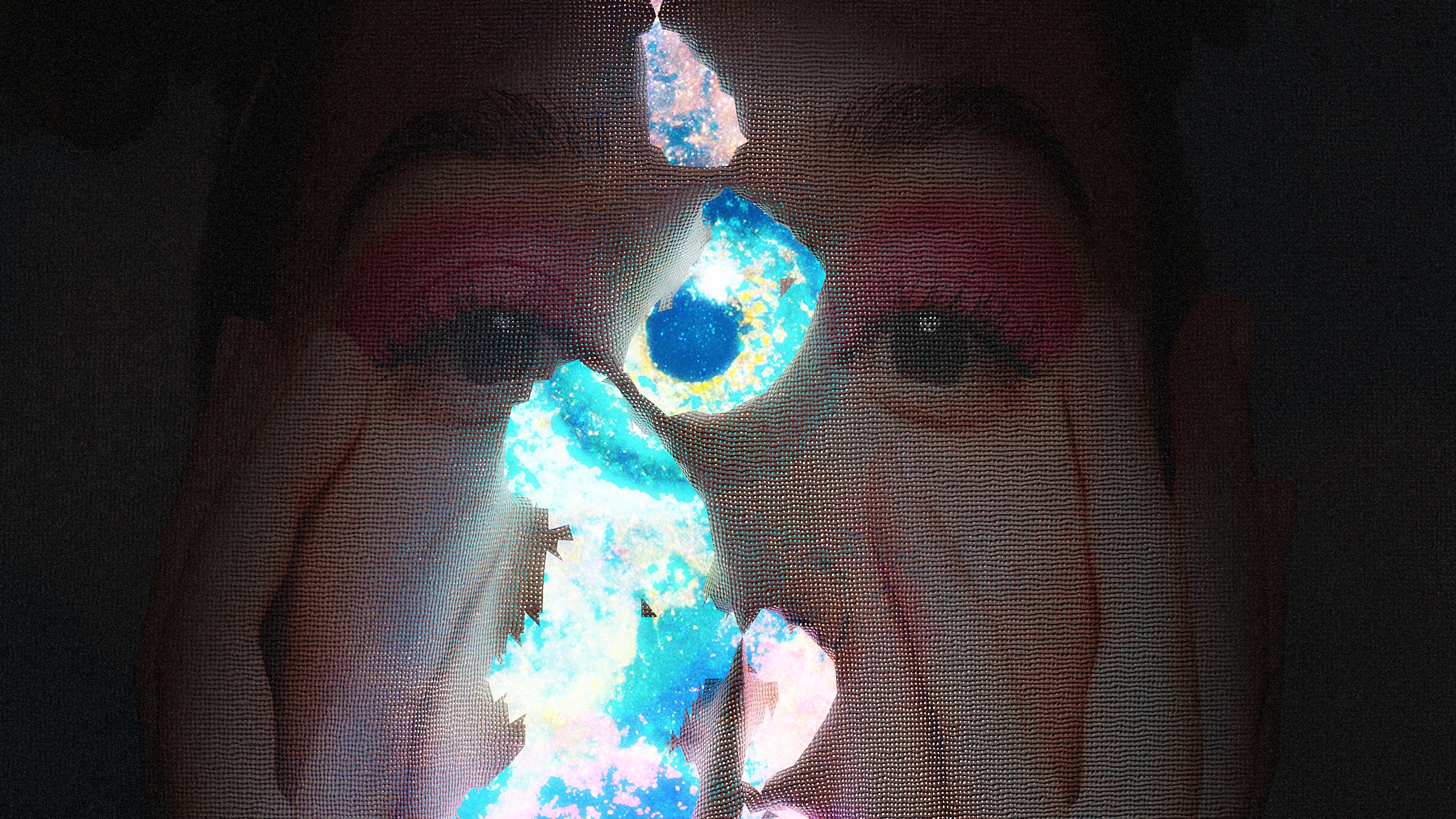The next 10 years of generative AI could end reality as we know it
It’s hard to write about generative artificial intelligence. By the time you finish an article, a new development makes it feel obsolete. Here is the perfect example of that: My editor wanted to publish this feature at the end of 2022, the year in which we all realized that generative AI was the next big thing. (It’s been in a dozen drafts since.)
Some time in the near future, maybe as early as this year in fact, we will lose our ability to distinguish fact from machine-made fiction, no matter how many forensic tools we can come up with. After speaking to half a dozen of the top experts in this field, they agreed this “near future” will likely happen within the next 10 years.
Emad Mostaque—CEO and founder of Stability AI, the organization behind AI image generator Stable Diffusion—told me that in just two years it will be possible to generate in real time a moving, talking face so realistic that anyone will believe it while on a video conference. By 2033, Mostaque believes it will be impossible to distinguish between human-made and artificially created content, including audio, video, images, and text. During an interview from his home in Tel Aviv, Gil Perry, the CEO and cofounder of the Israeli AI company D-ID, put it more bluntly: “In one or two years, you won’t be able to tell what is true and what is false.”
To underscore this need, a group of AI and tech luminaries including Steve Wozniak, Elon Musk, and Mostaque himself published an open letter urging for a six-month moratorium on large-scale generative AI experiments. Fear of the unknown is natural, but in this case, the very people working on AI are worried—and for good reason.
I have always been the techno-optimist; the guy who thinks that there is no problem that can’t be solved through sheer human ingenuity. Global warming, cancer, energy crisis—we will figure it all out eventually. But, all these interviews left me with a deep feeling of desolation and anxiety that I’ve not been able to shake off yet.
As I started to write the original version of this piece, more news about AI’s advancements kept breaking. I wrote and rewrote what I already had. At one point, I threw it all away. I figured this future was going to be impossible to articulate in a traditional structure of a journalistic feature, so I turned to sci-fi prototyping, a technique used by futurists and organizations like the Pentagon to prepare for what’s coming. With this technique, real information is distilled into a set of tight constraints in order to create a world and produce a logical projection of events into the near future.
Because projections are usually made in a ten-year frame—after that it is very hard to project with any accuracy—it fit perfectly with the predictions the scientists and engineers were giving me. Prototyping, it turned out, could be the perfect vehicle to tell the story of how generative AI could evolve.
Using what I’ve learned from months of interviews, here is my best guess at an AI timeline, starting in 2022.
(11)



